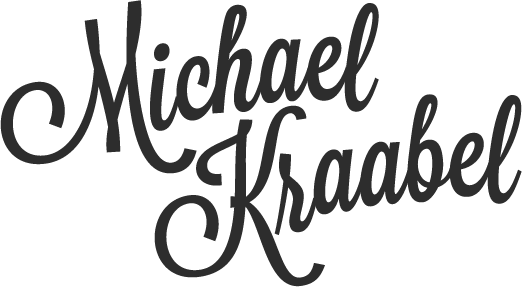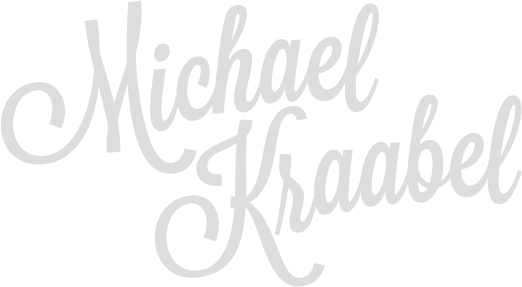Brand archetypes have emerged as a compelling framework to craft and communicate a brand’s personality, values, and identity. This approach, rooted in the psychological theories of Carl Jung, presents a way for brands to connect with their audience on a deeper, more emotional level.
The essence of brand archetypes lies in their universality. These archetypes are not just mere character profiles but are deeply ingrained in human experience and storytelling, transcending cultures and generations. They represent fundamental human desires, motivations, and goals. By aligning a brand with an archetype, companies can create a brand narrative that is both relatable and aspirational to their target audience.
At the heart of this concept is the understanding that consumers don’t just buy products or services; they buy into stories and ideologies that resonate with their personal identity or aspirations. For instance, when a brand adopts the ‘Hero’ archetype, it’s not just selling a product; it’s offering a narrative of triumph, courage, and perseverance. Similarly, a brand that embodies the ‘Caregiver’ archetype might focus on nurturing, support, and compassion in its messaging, resonating with consumers who value these qualities.
These archetypes are not just creative constructs; they are strategic tools. They inform everything from a brand’s visual identity and tone of voice to its marketing campaigns and customer experience. For example, a ‘Rebel’ brand might adopt a bold, unconventional aesthetic and a tone of voice that challenges the status quo, appealing to a segment of consumers who see themselves as non-conformists.
However, the application of brand archetypes requires a nuanced understanding of a brand’s core values and its audience’s psychographics. It’s not about fitting into a predefined box but about finding an authentic expression that captures the essence of the brand while resonating with the target audience. The alignment should feel natural and consistent across all touchpoints, from advertising to product design, social media presence, and customer service.
Brands must also be adaptable. While an archetype can provide a strong foundation, it should not be a rigid mold. Brands need to evolve with changing consumer expectations and societal trends while staying true to their core archetype. Brand archetypes are based on universal characters that resonate with deep-seated psychological motifs. Here are the 12 commonly recognized brand archetypes:
- The Innocent: Brands that embody purity, goodness, and simplicity. They often appeal to a desire for peace, happiness, and comfort.
- The Everyman: These brands are down-to-earth, relatable, and approachable. They position themselves as understanding and empathetic to the average person’s life.
- The Hero: Heroic brands are characterized by their determination, courage, and motivation to overcome. They inspire people to be their best selves.
- The Outlaw/Rebel: These brands challenge the status quo and are defined by their revolutionary spirit and disdain for convention.
- The Explorer: Explorer brands are adventurous pioneers and seek to push boundaries or offer new experiences.
- The Creator: This archetype is about innovation, creativity, and artistic or visionary excellence.
- The Ruler: Ruler brands exude a sense of control, leadership, and exclusivity. They often appeal to an audience seeking status and stability.
- The Magician: These brands promise transformation and magical experiences, often seen as visionary or spiritual.
- The Lover: Lover brands focus on sensuality, intimacy, and passion. They’re often associated with beauty, luxury, and indulgence.
- The Caregiver: Emphasizing nurturing, generosity, and compassion, these brands position themselves as protectors and caretakers.
- The Jester: Jester brands are about fun, humor, and light-heartedness. They aim to bring joy and playfulness to their audience.
- The Sage: Sage brands are seen as wise, knowledgeable, and seeking truth. They often aim to provide insights, wisdom, and guidance.
They can create more meaningful and lasting connections with their audience by tapping into universal stories and emotions. In an increasingly cluttered marketplace, those brands that can effectively leverage the power of archetypes in their branding and marketing efforts are the ones that are likely to stand out and resonate with consumers on a deeper level.
Brands should not arbitrarily adopt an archetype simply because there is a desire to be one over another. Brand Archetypes come from within an organization, and over the years, I have developed a comprehensive method of surveying team members in order to determine what the current state of the company might be and where the team members might aspire to take it. Furthermore, having a split archetype is not uncommon, as many companies need multiple voices with different customers. It’s important to avoid conflicting positions in these instances, as that could cause confusion among your customer base.

